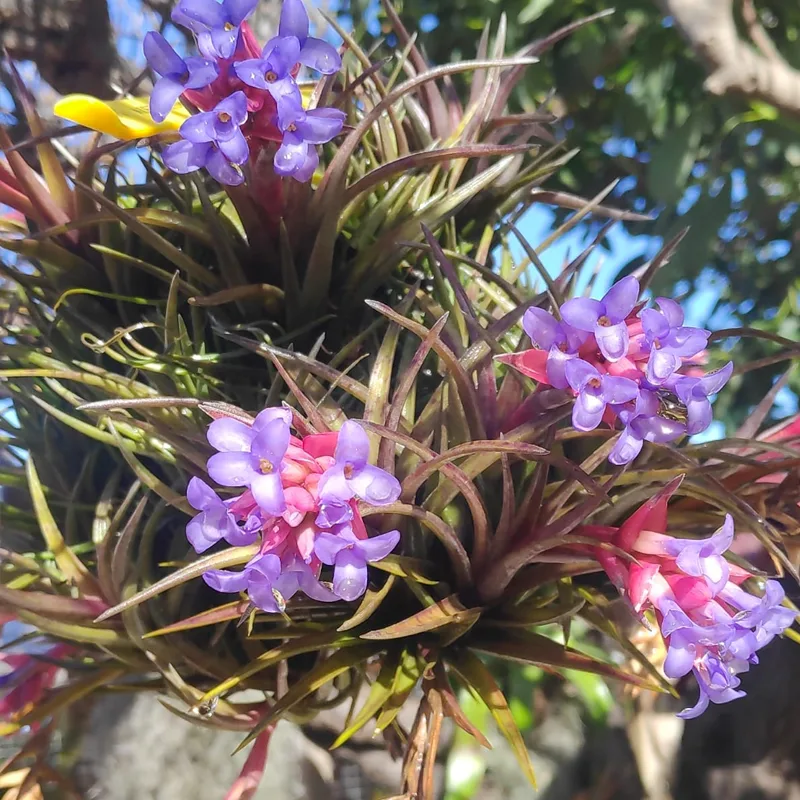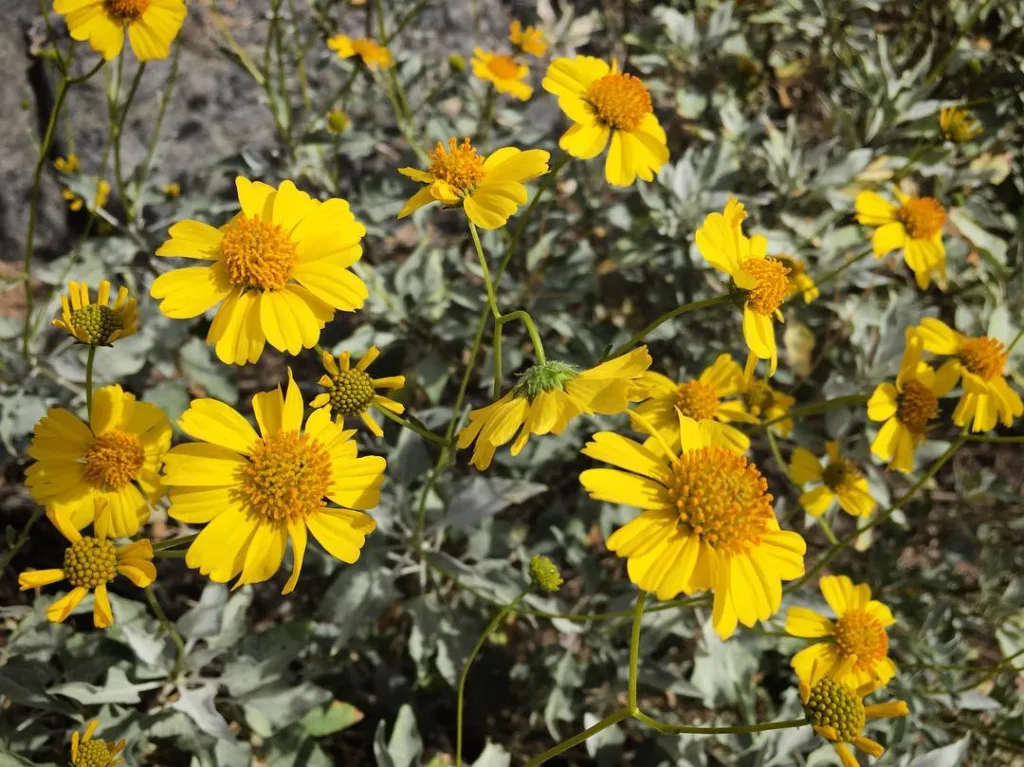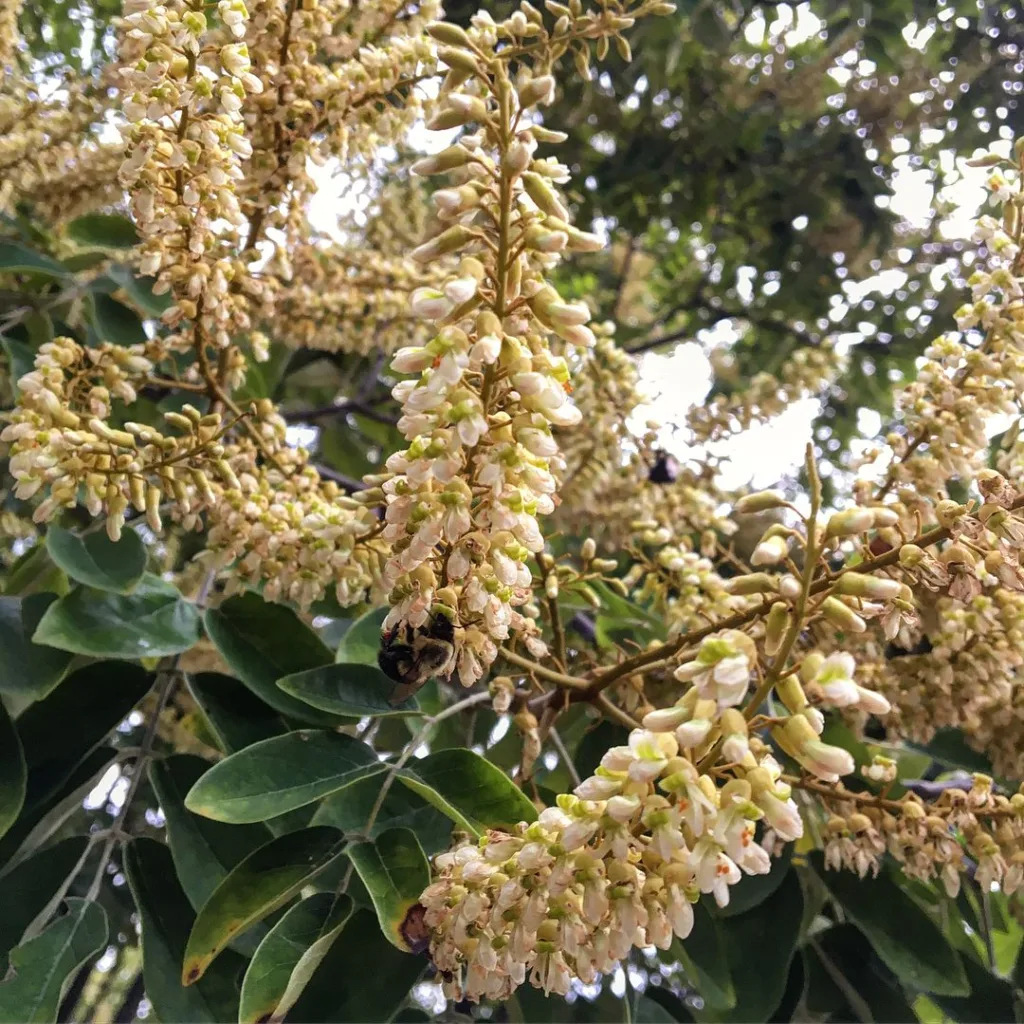Zelkova: A Resilient Genus
My name is Ferb Vu, and I’ve always been fascinated by the resilience and beauty of trees. Among my favorites is the Zelkova genus, a group of deciduous trees belonging to the elm family, Ulmaceae. These trees, native to southern Europe and parts of Asia, are admired for their graceful form, attractive foliage, and resistance to Dutch elm disease, a devastating fungal infection that has decimated elm populations worldwide.
A Diverse Group
The Zelkova genus comprises six distinct species, each with its own unique characteristics and distribution:
- Zelkova carpinifolia: Also known as the Caucasian zelkova, this species is native to the Caucasus region and parts of Iran. It is the largest of the zelkovas, capable of reaching heights of up to 35 meters. Its leaves are ovate with serrated margins, and its bark is smooth and gray, often exfoliating in flakes.
- Zelkova serrata: The Japanese zelkova, or keyaki, is a popular ornamental tree in Japan and other parts of the world. It is known for its elegant vase-shaped form, its serrated leaves that turn brilliant shades of yellow, orange, and red in autumn, and its strong, durable wood, which is prized for furniture making and construction.
- Zelkova abelicea: This species, endemic to the island of Crete, is a smaller tree or shrub, typically reaching heights of 10-15 meters. It is adapted to the dry, rocky conditions of the Cretan mountains and is considered a vulnerable species due to its limited distribution.
- Zelkova sicula: The Sicilian zelkova is the rarest of the zelkovas, known only from two small populations in Sicily. It is a shrub or small tree, typically reaching heights of 2-3 meters, and is characterized by its small, leathery leaves and its ability to reproduce clonally.
- Zelkova sinica: This species, native to China, is a medium-sized tree, typically reaching heights of 20 to 25 meters. It is characterized by its ovate leaves with serrated margins and its smooth, gray bark.
- Zelkova schneideriana: Also known as the Chinese zelkova, this species is native to central and eastern China. It is a large tree, capable of reaching heights of up to 30 meters, and is characterized by its broad, spreading crown and its ovate leaves with serrated margins.
Adaptability and Resilience
One of the most remarkable features of the Zelkova genus is its adaptability. These trees can thrive in a variety of climates and soil conditions, from the humid subtropical regions of Japan to the dry, rocky mountains of Crete. They are also remarkably resistant to Dutch elm disease, a fungal infection that has decimated elm populations worldwide. This resistance is due to the presence of certain compounds in their tissues that inhibit the growth of the fungus.
Ecological Importance
Zelkova trees play an important role in their respective ecosystems. They provide habitat and food for a variety of wildlife, including birds, insects, and mammals. Their leaves, when they fall in autumn, enrich the soil with organic matter, contributing to the overall health of the forest.
Conservation Efforts
While some Zelkova species are relatively common, others, such as Zelkova abelicea and Zelkova sicula, are considered threatened or endangered due to habitat loss, overgrazing, and other factors. Conservation efforts are underway to protect these vulnerable species, including habitat restoration, seed collection, and propagation.
Conclusion
The Zelkova genus is a testament to the resilience and adaptability of trees. These graceful and versatile trees have much to offer, from their ornamental beauty to their ecological importance. As we continue to face environmental challenges, the Zelkova genus serves as a reminder of the importance of conserving our natural heritage for future generations.
If i die, water my plants!



